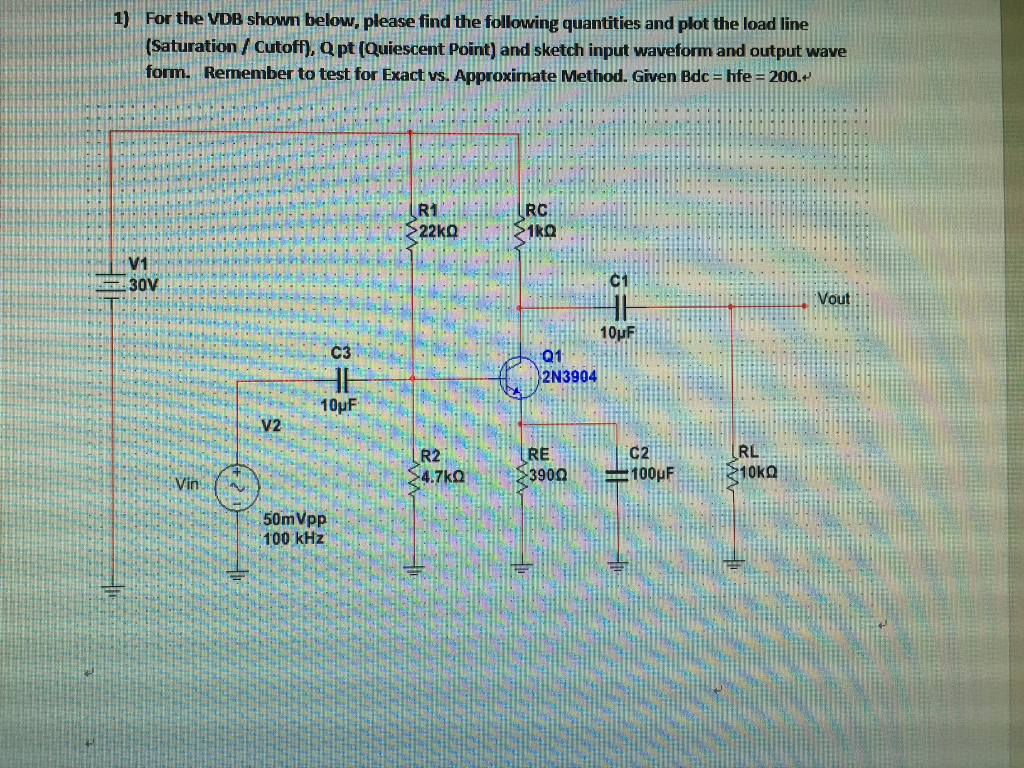
Use of the current gain beta.Īny circuit that depends on a specific value of the current gain β is a bad circuit because that value varies for a given transistor as well as between different transistors of the same type. It increases for larger emitter currents because the larger number of electrons injected into the base exceeds the available holes for recombination so the fraction which recombine to produce base current delines even further. When base current is removed the transistor becomes fully off, this stage is called as the Cut-off Region and the Base Emitter voltage could be around 5V. The proportionality β can take values in the range 20 to 200 and is not a constant even for a given transistor. This stage is called Saturation Region and the typical voltage allowed across the Collector-Emitter (VCE) or Base-Emitter (VBE) could be 40 and 5 V respectively. The usual symbols used to express the transistor current relationships are shown. Normal transistor action results in a collector-to-emitter current which is about 99% of the total current. More about transistor regions Transistor action Transistor Action More on transistor regions The base-emitter voltage V BE varies slightly with the collector-emitter voltage V CE at constant collector current I C : ΔV BE ≈ -0.001ΔV CE.The base-emitter voltage V BE is temperature dependent, decreasing about 2.1 mV/C.
#Vbe saturation voltage series#
The effective AC series resistance of the emitter is about 25/I C ohms.An increase in base-emitter voltage V BE by about 60 mV will increase the collector current I C by about a factor of 10.A base emitter voltage V BE of about 0.6 v will "turn on" the base-emitter diode and that voltage changes very little, The value of β is not highly dependable since it depends on I C, V CE, and the temperature.īase-Emitter Junction Details Some useful "rules of thumb" which help in understanding transistor action are (from Horowitz & Hill): A further useful relationship is I C=βI B This relationship is stable over a wide range of voltages and currents. The saturation current is characteristic of the particular transistor (a parameter which itself has a temperature dependence).

The collector current is related to this voltage by the Ebers-Moll relationship (sometimes labeled the Shockley equation): The base-emitter voltage V BE can be considered to be the controlling variable in determining transistor action.

In the active region (some collector current, more than a few tenths of a volt above the emitter), useful for amplifier applications.



 0 kommentar(er)
0 kommentar(er)
